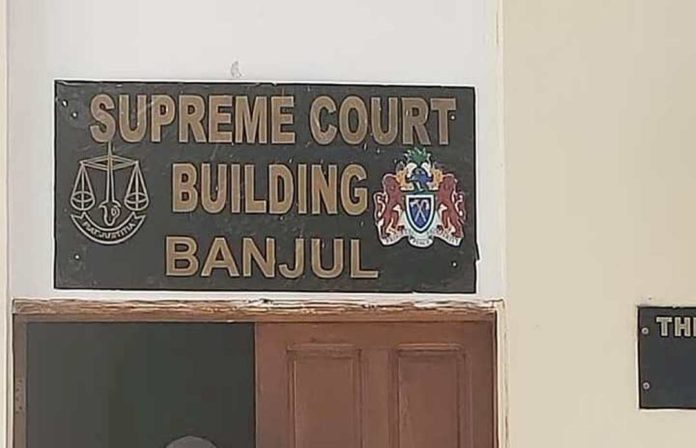QUESTION OF THE DAY
The battle on the election petition filed by the UDP was mainly a technical battle between the NPP and UDP. The court initially made an arrangement with counsels to clear the technicalities with speed so that they can get to the substance and come to a decision within 30 days. Instead, the court became entangled with withdrawal of motions and addition of motions without getting to substance. Costs were imposed for delays but the technicalities continued.
Finally the court decided that the technicalities were fatal thus bringing an abrupt end to the case.
In simple terms the first motion was withdrawn and was no longer an issue before the court.
On the issue whether Adama Barrow was served with the election petition within ten days in accordance with the constitution, the court ruled that the UDP did so. The court also ruled that the IEC can be a party to the suit.
However, on the third motion the court ruled that the UDP failed to comply with rule 11. In other words, after the presentation of the petition they failed to give notice to Adama Barrow of both the presentation of the petition and the nature of the proposed security within five days. Such notice should be accompanied by a copy of the petition itself. Without this complete package within five days the petition will be fatal.
The court held that UDP failed to do this and the case is therefore fatal.



















